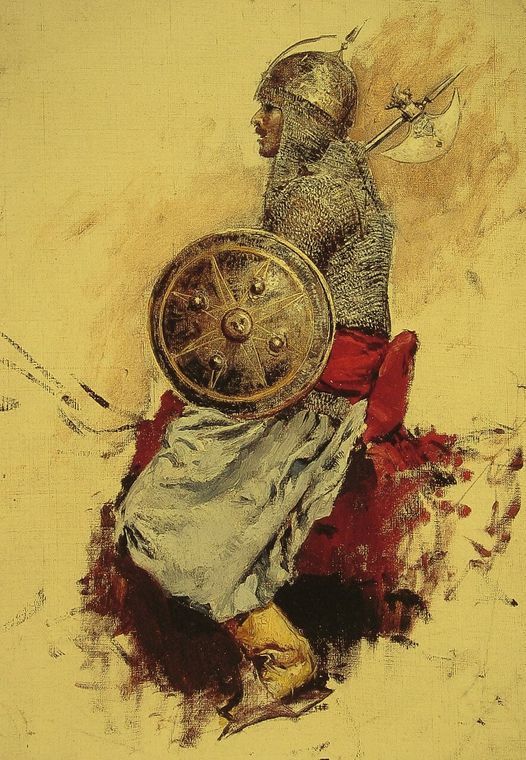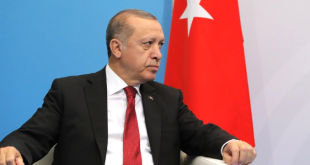There is said to have existed in certain areas like Matale, a little community of South Indian Muslims known as Rawuttar. These folk evidently formed a sizeable community in Matale until about the 1960s before gradually declining in numbers probably due to migration as well as intermarriage and assimilation into the Moorish fold. They are said to have been relatively dark-complexioned and bore names like Mira, Nahoor and Saibu.
They were a trading community and a number of them are said to have been engaged in the manufacture of beedi. The Moors called them *atta *which may be from Tamil *attan **’father’, ‘elder’, ‘person of rank or eminence’ or *attan ‘*brother-in-law’, ‘cousin’. It is more likely however that it meant ‘father’. In fact we learned from an informant from Kandy whose maternal grandfather was a Rawuttar by the name of Mohideen Picchai Rawuttar that even their offspring addressed their Rawuttar fathers as ‘atta‘, which may explain why they were known as such by the larger community.
However, it was not only in Matale that the Rawuttar settled. They also seem to have been dispersed elsewhere, particularly in areas like Trincomalee. For instance in the List of Jurors and Assessors who can speak, read and write the Tamil Language occurring in the Supplement to the Ceylon Government Gazette of 24th April 1869 we come across presumably Rawuttar names like Slaman Rawtar Gulamsaib Rawter, Kathersaib Rawather Seyathusaib, Meerasaib Rawther Ahemetsaib and Vaper Rawter Ismailsaib, traders of Small Bazaar Street, Trincomalee.
In the Ceylon Directory 1876 Ed. A.M. & J.Ferguson we come across a reference to M.Madar Rawotar of Abram Saibo & Co. Dimbula. In the Supplement to the CGG, Feb.18, 1887 we find Rauter Saibo Uduma Lebbe, trader, of Modera while in the Police Weekly Circular which occurs as a supplement to the CGG, April 1, 1887 we come across Meena Badamia Rawuter of Urugala, owner of some stolen goods such as red sarong and two leather belts in which he presumably traded.
There also exists a place-name Rawatawatta in Moratuwa which suggests a substantial settlement of Rawuttars in that area in former times. In fact there are said to have been boutiques belonging to Coast Moors in Rawatawatta in the early part of the twentieth century and it is very likely that the group of Coast Moors settled here were in fact Rawuttars and that they gave their name to the place which came to be known after them as Rawatawatte or Rawuttar Garden.
The appellation Rawuttar evidently derives from Tamil *irauttar ‘*horseman’, ‘trooper’ indicating a former military tradition. This term itself seems to go back to an earlier form, the Sanskritic raja-putra ‘(Royal Sons) though this may not necessarily suggest a connection with the Rajputs. It would appear that during the mediaeval period, horsemen serving the Hindu kings were known by the term Ravuta. In the 14th century Amir Khusro himself uses the word Ravut to describe Hindu horsemen who made an unsuccessful attempt on the Delhi Sultan’s army in the Telugu country and it is surmised that it is quite possible that the word Ravuta was retained by Tamil Muslim military men and their descendants in the Madura country as a title from this period onwards.
Be it as it may, it is evident from reports such as that of Francois Bernier in his Travels in the Moghul Empire published in 1670 that Rajputs did indeed serve in the Moghul army and it may perhaps not be too far-fetched to surmise that with the conquest of Golconda by the Moghul Emperor Aurangazeb, a community of Rajputs who had embraced Islam did indeed settle in the South and give rise to the Rawuttar community which with intermarriage with Dravidian women gradually lost their Rajput physical traits, though preserving their martial prowess.
Interestingly the word *atta *they called their fathers and were known by the larger community could also suggest a North Indian origin, since in Turkish *ata *means father. Many Turkic words were used by North Indian Muslims including the word for their language Urdu, which in Turkic means ‘horde’ but later came to mean a military camp and eventually came to refer to the language because this mix of Hindustani, Arabic, Persian and Turkic was the speech of the camp or court so to say.
The fact that the Rawuttar belonged to the Hanafi school of Sunni Islamic jurisprudence (and not the Shafi school common in Sri Lanka and South India) and the fact that the present-day Hanafi Mosque in King’s Street, Matale is said to have been formerly known as Segu Rawuttar Mosque also suggests an ultimate North Indian origin for the community.
Post Disclaimer | Support Us
Support Us
The sailanmuslim.com web site entirely supported by individual donors and well wishers. If you regularly visit this site and wish to show your appreciation, or if you wish to see further development of sailanmuslim.com, please donate us
IMPORTANT : All content hosted on sailanmuslim.com is solely for non-commercial purposes and with the permission of original copyright holders. Any other use of the hosted content, such as for financial gain, requires express approval from the copyright owners.

 Sri lanka Muslims Web Portal Sri Lanka Muslims News Center
Sri lanka Muslims Web Portal Sri Lanka Muslims News Center

